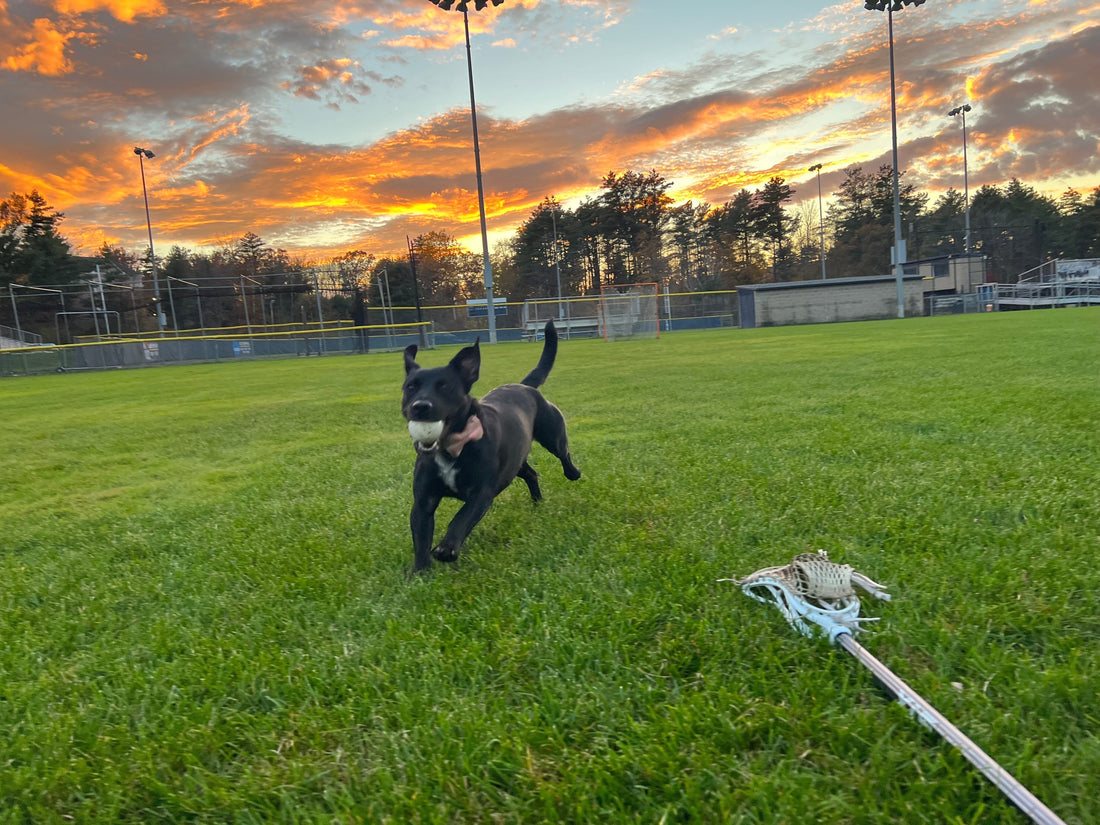
Dog Exercise: The Ultimate Guide to Tailor Activity for Every Breed, Age, and Personality
Share
Dogs, like humans, thrive on activity to maintain their physical and mental health. The amount and type of exercise a dog needs vary based on breed, age, health, and individual temperament. In this guide, we’ll explore how to tailor exercise routines to suit your dog’s unique needs, ensuring they lead happy, healthy, and enriched lives.
The Importance of Exercise
Exercise does more than help your dog maintain a healthy weight:
- Reduces the risk of obesity and related health issues.
- Improve cardiovascular health and joint mobility.
- Enhances mental well-being and prevents behavioral problems such as anxiety and destructive tendencies.
(Source: Journal of Veterinary Behavior, 2020)
Exercise also boosts mental stimulation, which is particularly vital for working breeds or dogs prone to boredom.
Exercise by Breed
According to veterinary recommendations:
Low-Energy Dogs
Breeds like Bulldogs, Dachshunds, and Basset Hounds are content with 30–45 minutes of light activity daily. Their exercise should be low-impact to prevent overexertion. Suitable activities include:
- Short walks
- Gentle play
- Companionship-focused interactions
Moderate-Energy Dogs
Breeds like Golden Retrievers, Beagles, and Labradors need 1–2 hours of moderate activity daily. A mix of physical and mental stimulation keeps these dogs engaged. Ideal activities include:
- Walking or jogging
- Playing fetch or tug-of-war
- Interactive games and puzzle toys
High-Energy Dogs
Breeds like Border Collies, Australian Shepherds, and Jack Russell Terriers require 2–3 hours of intense activity daily. These dogs thrive on activities that challenge them physically and mentally, such as:
- Agility training
- Long-distance running
- Hiking or swimming
(Source: Veterinary Research Communications, 2018)
Age-Specific Exercise Needs
-
Puppies:
Puppies require short bursts of play multiple times a day. A common guideline is 5 minutes of exercise per month of age, twice daily.
(Source: Journal of Small Animal Practice, 2017) -
Adult Dogs:
Most adult dogs require consistent daily exercise tailored to their breed and energy level.
(Source: American Veterinary Medical Association) -
Senior Dogs:
For older dogs, gentle, low-impact activities help maintain mobility and joint health.
(Source: Journal of the American Animal Hospital Association, 2019)
Exercise by Temperament
High-Energy Dogs
Dogs bursting with enthusiasm thrive on structured, high-intensity activities that challenge both body and mind. Ideal options include hiking, agility courses, fetch in open spaces, and fast-paced runs.
Goal: Provide a safe and engaging outlet that satisfies their physical and mental needs.
Calm and Low-Energy Dogs
Relaxed dogs’ benefit from activities centered on companionship and sensory engagement. Gentle walks, slow-paced play, and one-on-one bonding moments are perfect for these pups.
Goal: Offer meaningful, low-intensity interactions that keep them engaged and fulfilled.
Anxious or Reactive Dogs
These dogs flourish in calm, controlled settings with individualized attention. Engaging with toys, puzzle games, or taking calming walks in quiet, peaceful locations help reduce stress.
Goal: Foster a sense of security and comfort while providing enriching and low-stress activities tailored to their needs.
Warning Signs of Over- or Under-Exercise
Signs your dog may be under-exercised:
- Weight gain
- Hyperactivity or restlessness
- Behavioral issues such as chewing or excessive barking
(Source: Veterinary Clinics of North America: Small Animal Practice, 2020)
Signs of over-exercise:
- Limping or stiffness
- Lethargy
- Excessive panting or dehydration
(Source: Canine Health Research Foundation, 2021)
Final Thoughts
Every dog is unique, and their exercise and enrichment routines should reflect their individual needs. By customizing activities to suit your dog’s breed, age, and temperament, you not only improve their well-being but also create deeper connections and unforgettable moments together.
References
- Journal of Veterinary Behavior, 2020. Exercise and its Effects on Dog Behavior.
- Veterinary Research Communications, 2018. Physical Activity and Health in Dogs.
- Journal of Small Animal Practice, 2017. Puppy Exercise Needs: Best Practices.
- Journal of the American Animal Hospital Association, 2019. Exercise Guidelines for Senior Dogs.
- Veterinary Clinics of North America: Small Animal Practice, 2020. Behavioral Effects of Exercise in Dogs.
